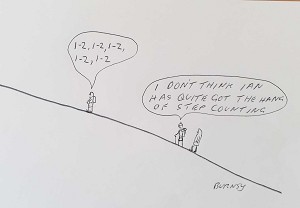
UKHillwalking has teamed up with Mountain Training to bring you a series of articles on the topics covered in their Hill & Mountain Skills scheme.
The scheme is ideal for people who want to get started in hill or mountain walking, and the courses are run throughout the year all over the UK. The articles are all written by Mountain Training course providers about a particular area of the Hill & Mountain Skills syllabus, to give you a better idea of what the courses are all about.
Here International Mountain Leader Kirsty Brien gets right back to basics, introducing some of the key techniques and strategies that go into making an efficient walker, from warming up and how to breathe to the fundamentals of nutrition and route choice.
We’ve probably all had the following experience: someone twice, maybe three times your age, overtakes you on the hill. Deep in conversation with their walking buddy, they don’t miss a beat as they step up over those boulders, or hop across the stream, and soon they are a small speck in the distance. Super fit? Possibly. More likely they are walk fit, they have got the skills, experience and techniques that enable them to take height gain, terrain and distance in their stride. Here are some helpful tips on how to walk, to help you join them…or better still, leave them puffing and panting in your wake!
Warming up
Get down and gimme ten. Ten what? Jelly beans? So, do you need to be doing impressive lunges in the Sticklebarn car park? Well, have a think, is there any other sport that you do (or have done) that you didn’t warm up for? Probably not.
It’s interesting to think that as walkers we think we can get out of the car, after a sizeable breakfast, a pint of tea and an hour’s drive, put on our boots and head straight off uphill for the next two hours. Well we can’t!
Three minutes, that’s all it needs. Spend 30 seconds on circling your ankles, giving your legs a good swing and rotating your hips. At worst you will feel a bit daft, at best everyone will join in. Do this and you are much less likely to suffer sprains and strains caused by cold muscles. Likewise at the end of the day try to warm down; stretch out calves and thighs to lessen the risk of spending the next day hobbling.
Nutrition
In 1932 a Cumbrian chap by the name of Bob Graham summited 42 of the Lake District peaks in 24 hours, a record that stood for 28 years. History has it that his food of choice was ‘bread, butter, a lightly boiled egg and some sweets and fruit for energy’. I reckon that would only last me til about 10.30 am. In fact I probably would have eaten the egg in the car on the way to the start.
We are all different and need different amounts of food on a day in the mountains. Some folk swear by flapjack or a flask of tea and a bag of jelly babies, but as a simple rule of thumb (or rule of tum) guide your hill food for a good day out should include:
Stuff you like!
- Long burn energy foods for all-day oomph: oaty biscuits, flapjack, muesli bars, nuts
- Quick release sugars for when you're flagging a bit with 20 mins to go to the summit: chocolate, sweets, fruit all hit the mark to give you that extra burst of energy.
- Fluids: hot, cold, it doesn’t really matter. But do take plenty of them, at least 1.5-2 litres for an average hill day, and much more in hot summer weather. If you haven’t had to pop behind a boulder or a find a bush at least once or twice in your day then you are not drinking enough.
Posture
Over the last ten years the number of recorded visits to chiropractors and osteopaths has quadrupled, and the main cause is bad posture.
We are spending more time than ever before hunched over tablets and phones or sitting at desks or in cars. Being out on the hill is the perfect antidote, but adopting the right posture on the hill can not only help your pace, it will also help you cope better with the terrain underfoot and gradient of slope.
As a general rule, keeping your weight over your feet is the best position to aim for. If you are leaning too heavily forward whilst walking uphill you will struggle to fill your lungs and you spend the day looking at the floor. On descents there is a natural tendency to lean too far back and you will end up slipping on your bum. I once heard the correct position for steepish descents was to get into the position that a baby does trying to walk with a wet nappy on: knees bent, feet wide apart! Speaking of kids, if you are finding yourself struggling on certain bits of terrain, don’t be afraid to do what a child would do - get down low and use your hands if you need to.
Deep breaths
Good breathing control goes hand in hand with correct posture. There is some truth in the old adage that you should be able to hold a reasonable conversation that doesn’t go something like: ‘So I said…’ (gasp) ‘…she would have to speak…’ (gasp) ‘…to her…’ (gasp). Remember that unless you are training for a mountain marathon (in which case you probably don’t need to be reading this!) then the aim of the game is enjoyment - not torture!
Route choice
So, the reason you turned down that third glass of wine on Saturday night, and scraped the frost off your car at 7 on a Sunday morning is because a day out in the hills is enjoyable, and getting that warm, achy, weary feeling when you get home from a fabulous day out is worth the effort.
It shouldn’t, however, cause your left knee to explode with pain for the next three days, or leave you waking up in a cold sweat remembering the endless steep scree slope you had to negotiate.
If you are choosing a route for yourself and partner, then a good half hour spent flicking through a guidebook and poring over a map is time well spent. The problem of unsuitable route choice often arises when you are going on an organised walk or with walkers you perhaps don’t know so well, and in this case the key is to find out the following information:
A summary of the route, its length, approximate height gain, and expected time.
Now find a map and have a look! Is the walk for you? Is there an option for you to take a shorter route if it isn’t? short cuts are normally quite possible in lowland terrain, but in the mountains especially if you are new to navigation and the like then staying with the walk may be your only option - so you need to be fairly sure that it is within your capabilities.
Even if someone else is leading the walk take a map and keep a check on where you are. Not only will it help you to set your pace and manage your food / water etc, but it avoids that awful feeling of ‘I thought we would be down now’ or ‘I don’t have a clue where we are’. Use it as an opportunity to practice your micro-nav!
If you know you get a bit nervous on steep ground, either descending or ascending, then build up to it, enrol on a course to get some experience on steeper ground with a qualified instructor who will be able to introduce you to a range of techniques. Study your map, internet photographs, find out what the terrain is going to be like, and if you don’t feel it’s for you then pick a different route. The mountain will still be there next summer!
Walking poles
Some folk swear by them, others wouldn’t dream of owning a set. So what are the pros and cons?
Positives: Reduces strain and wear and tear on knees (rather important for enjoying a long happy walking career in the hills). Supports and improves balance on rough terrain, descents, snow, and stream crossingas. Used properly, a good and efficient walking rhythm can be maintained. They weigh very little, can be packed away and can be bought for as little as £10.
Negatives: There is a tendency to lean forward on poles uphill, reducing lung efficiency. Improper reliance on straps is inefficient and may lead to entrapment accidents (a broken wrist in the event of a fall, for instance). Can become a faff to get out / pack away on mixed terrain or where there are short sections of scrambling. Trip hazard. Tips getting caught in grates, rocks, plants.
If you walk with a group then see if you can borrow a set - and yes two poles are better than one. Try them out on a variety of slopes and probably pick a route where you have the time to faff with adjusting the lengths etc.
So in summary, there is no quick fix to accumulating the skills and techniques that make you into a confident walker. You can fast-track yourself some way by getting out with a good mountain leader, particularly for improving skills on steep ground and tricky terrain and navigation skills. But for the rest the best way is just to get out there and increase your fitness levels and experience and knowledge of staying safe and walking tall in the mountains. Perhaps the most important thing to learn is some good mountain ‘etiquette’ - nothing weird like passing people on the left on the second Tuesday in the month, just simple things like taking everything home with you (wrappers, leftovers and peels), not taking and making numerous calls on your mobile, and just being polite and friendly to the others who have chosen to be out there too.
About Kirsty Brien
Kirsty Brien is an International Mountain Leader living in Teesdale, County Durham. She leads expeditions all over the world and is currently trying to summit the highest summit in every country in Europe (nearly 30 completed to date).
Kirsty lectures in Adventure Sports at Askham Bryan College and also runs her own adventure company Mountain Explorers which provides the Hill & Mountain Skills scheme in the Lake District and Snowdonia on behalf of Mountain Training. With two children under the age of five, she occasionally even manages a whole night’s sleep!
For more info see the Mountain Explorers website or contact Kirsty by email
About Mountain Training
Mountain Training’s aim is to educate and train people in walking, climbing and mountaineering. The Hill & Mountain Skills scheme has been designed for beginner and novice hill walkers so that they can be confident about planning and safely enjoying their own walks. There are providers the length and breadth of the country who deliver these courses on behalf of Mountain Training and they run throughout the year. Find a course near you.
Mountain Training also administers a range of nationally-recognised mountain leadership, instruction and coaching awards, such as the Lowland Leader, Mountain Leader and Climbing Wall Award.
For more info visit their website

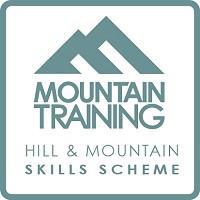
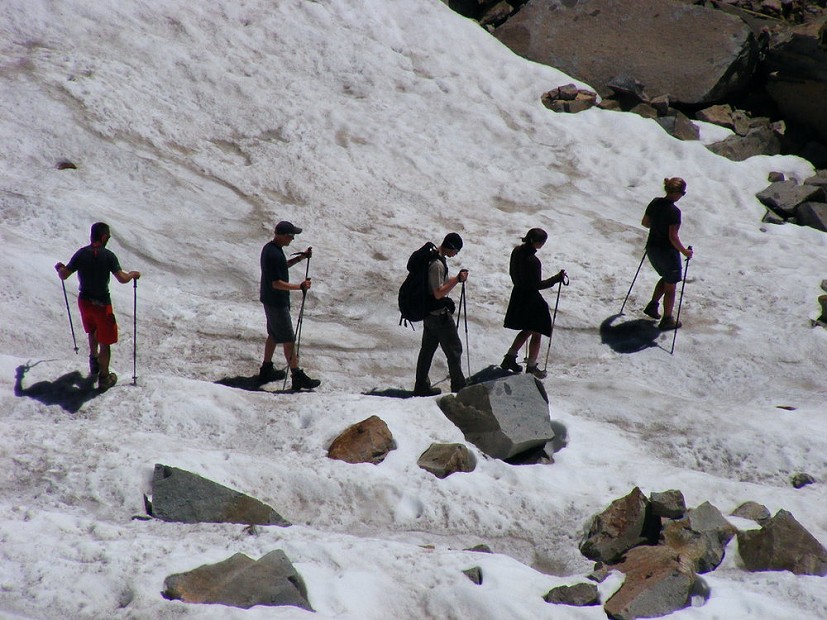
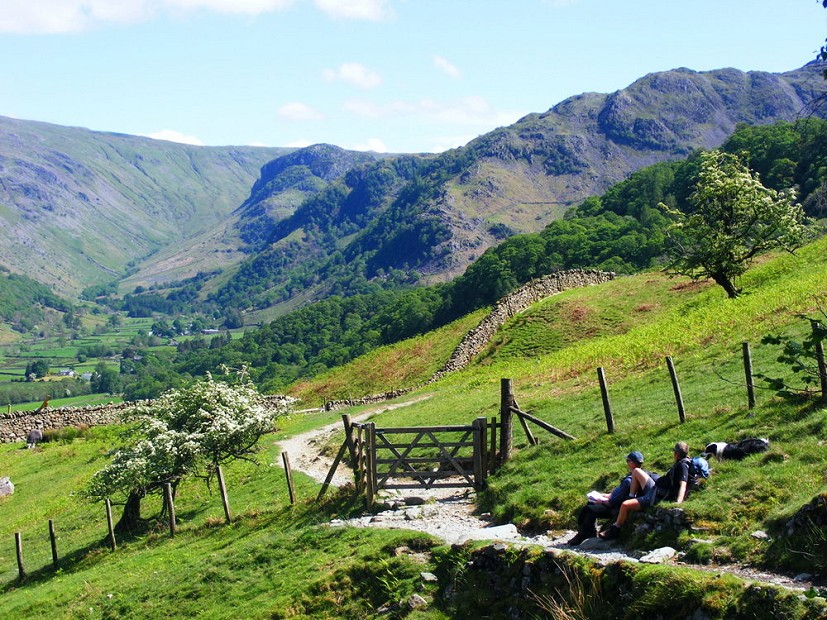
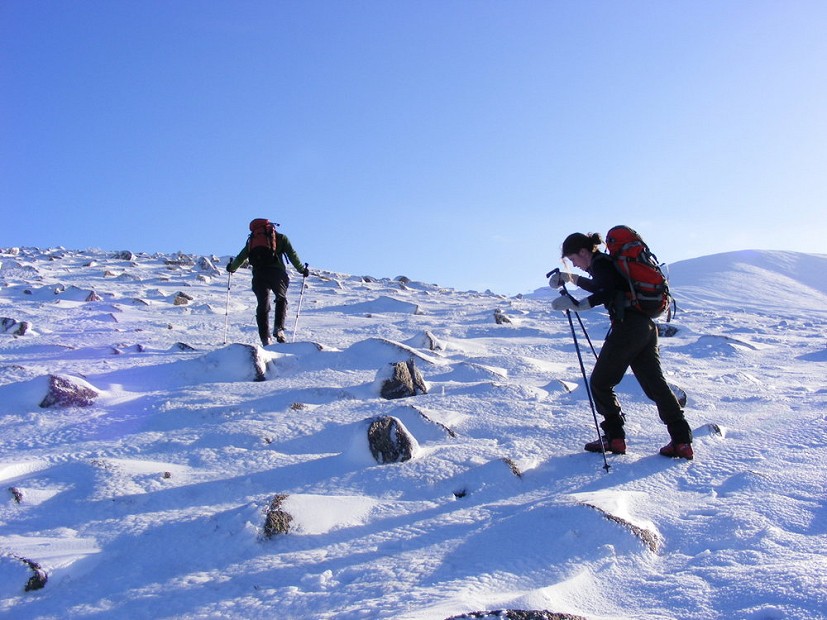

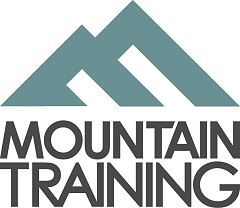

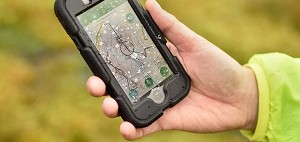

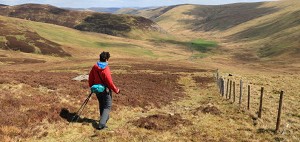





Comments